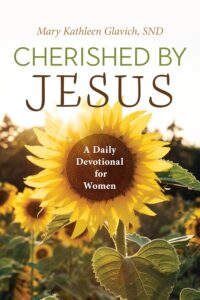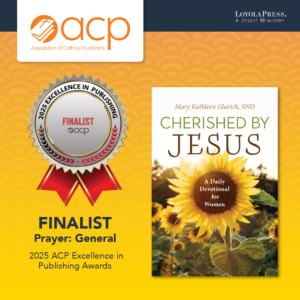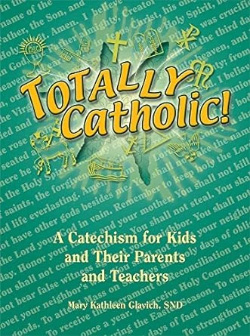Playfulness, Fun, and Holiness Mix
Did you see the photograph of Pope Francis wearing a red clown nose? He was congratulating newlyweds who were involved in clown ministry. Repeatedly this pope has reminded us that religion is a joyful affair. Being silly and playing pranks are signs of a good heart. At a catechist’s conference, a sales rep came to my table with some bubble wrap and invited me to take off my shoes and stomp on it with her. She injected some laughter into what was a dull hour. On a movie set George Clooney played a prank on Matt Damon. Every day he had Matt’s pants taken in a little, causing Matt to think he was getting fatter. (more…)
Speaking as a Form of Charity
When I taught high school, I usually had freshmen. On the first day of school many of them didn’t know their new classmates. I would tell my homeroom that their fellow students were as nervous as they were. I encouraged them to be the first to say “Hi” and introduce themselves. This week I made it a point to speak to several people that I ordinarily wouldn’t talk to. No, not people I don’t like, but people in service roles who ordinarily aren’t spoken to, such as store clerks, librarians, and people taking our orders over the phone. In some cases my overture led to a rewarding conversation—even an invitation to take another look at the Catholic Church, in keeping with our recent focus on evangelization. (more…)
The Coming of Christ in Mystery
During Advent we celebrate three comings of Christ: in history in Bethlehem, in mystery (the day’s happenings and the Eucharist), and in majesty (the Second Coming. If I’m not mistaken, Christ’s coming in mystery is overshadowed by the other two comings in our Christmas preparations. Ironically, this is the coming that most impacts our lives personally. I was thinking of this because of something I saw through my window during Advent. A car somehow had crashed and was backed into a tree so that it blocked half the street. The driver, a man, was walking around the car. (more…)
A New New Year for Self-Improvement
Every 365 days or so, we have a chance to look over our lives and decide what needs fixing. New Year’s Day makes us think of dieting, giving up a bad habit like procrastinating or complaining, or weeding out our clothes closet. We may or may not make resolutions for the new year. And we may or may not break them in a few days . . . or hours! This New Year’s Day is special and different because a full moon will appear, a rarity on this day. We can resolve to make this new year different too by making and keeping resolutions differently. So c’mon. Let’s shoot for the moon. Some ideas:
Make just one. That way we have a better chance of keeping it.
Ask a trusted and honest friend to suggest a resolution for you.
Write the resolution and place it where you will remember it.
Associate a daily activity with your resolution as a reminder, for example brushing your teeth.
Choose a day each month to review how well you are attaining your goal, maybe the first of each month . . . or the day of a full moon.
No doubt even atheists make New Year’s resolutions. However, they are a very Christian practice. Someone defined a Christian as a person who always has the chance to make a 180° turnaround. Jesus calls everyone with flaws, minor or major, to a metanoia, a change of heart. Changing isn’t easy. We Catholics have the Sacrament of Penance to prompt us to resolve to improve time and again. And it offers the grace, superhuman power, to change.
Breaking new year’s resolutions is depressing and discouraging. Keeping them boosts our self-esteem and puts us over the moon!
“The object of a new year is not that we should have a new year. It is that we should have a new soul.” —G.K. Chesterton
Any other suggestions for making and keeping resolutions?
Genealogy of Jesus, Our Spiritual Journey
This morning’s Gospel was the long genealogy of Jesus from Matthew. I wondered what the priest at St. Paschal Baylon Church would find to say about this rather boring passage. Father Paul surprised us by presenting a unique idea. He suggested drawing up the genealogy of our spiritual life. This would make an excellent prayer activity or journal entry. It involves looking back over our entire lives and pinpointing those people who nurtured our faith. Who baptized us? Who were our godparents? Who took us to Mass, or made us go? Who taught us our prayers? Who instructed us in the faith? Who heard our confessions or gave us spiritual direction? Who influenced us by their good example? Who inspired us? Who bolstered us up when our faith was faltering? (more…)






